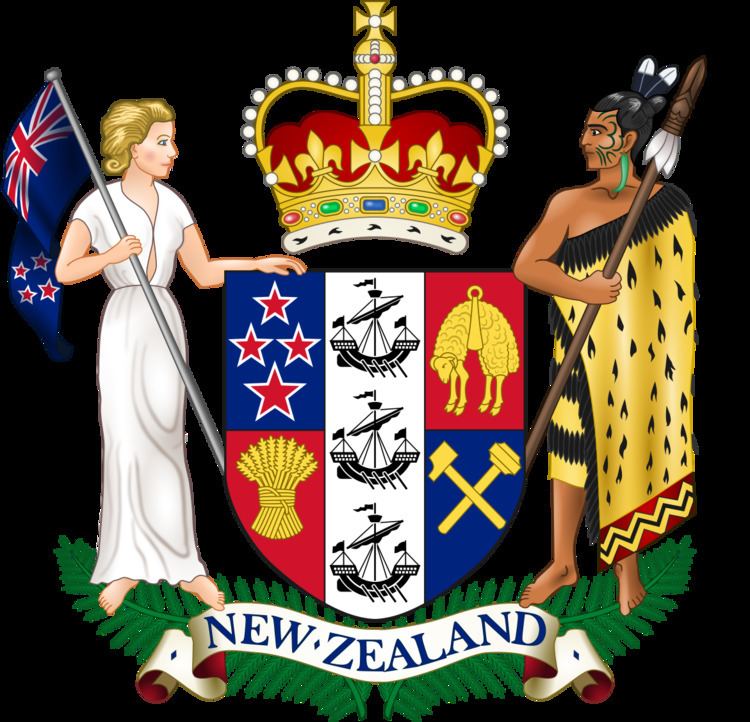 | ||
The 24th New Zealand Parliament was a term of the Parliament of New Zealand. It opened on 23 February 1932, following the 1931 election. It was dissolved on 1 November 1935 in preparation for the 1935 election. The 24th Parliament was extended by one year because the 1935 election was held later than anticipated due to the ongoing depression, similarly the 1919, and the 1943 elections were held two years late, having been postponed during World War I and World War II respectively.
Contents
The Prime Minister during the 24th Parliament was George Forbes, leader of the United Party. Many commentators at the time, however, alleged that Gordon Coates, leader of the larger Reform Party, had the greater influence.
The 24th Parliament consisted of eighty representatives, each elected from separate geographical electorates.
Ministries
The 24th Parliament was led by a coalition of the Reform Party and the United Party; Reform had twenty-eight seats, United had nineteen, and there were four pro-coalition independents. The primary opposition was from the Labour Party, which had twenty-four seats. The small Country Party had one seat, and there were four non-aligned independents. The distribution of seats between three large parties (also a feature of the previous parliament) was relatively unusual, as New Zealand tended towards a two-party system at the time.
The coalition government had been formed on 22 September 1931 during the term of the previous Parliament. During the difficult times of the Great Depression, Forbes had wanted to form a grand coalition with the Labour Party and the Reform Party. Labour refused, but Reform went into a coalition government with United from September 1931.
Initial MPs
Key
Reform Labour United Country Party Independent Liberal Ratana Independent
Table footnotes:
By-elections during 24th Parliament
There were a number of changes during the term of the 24th Parliament.
